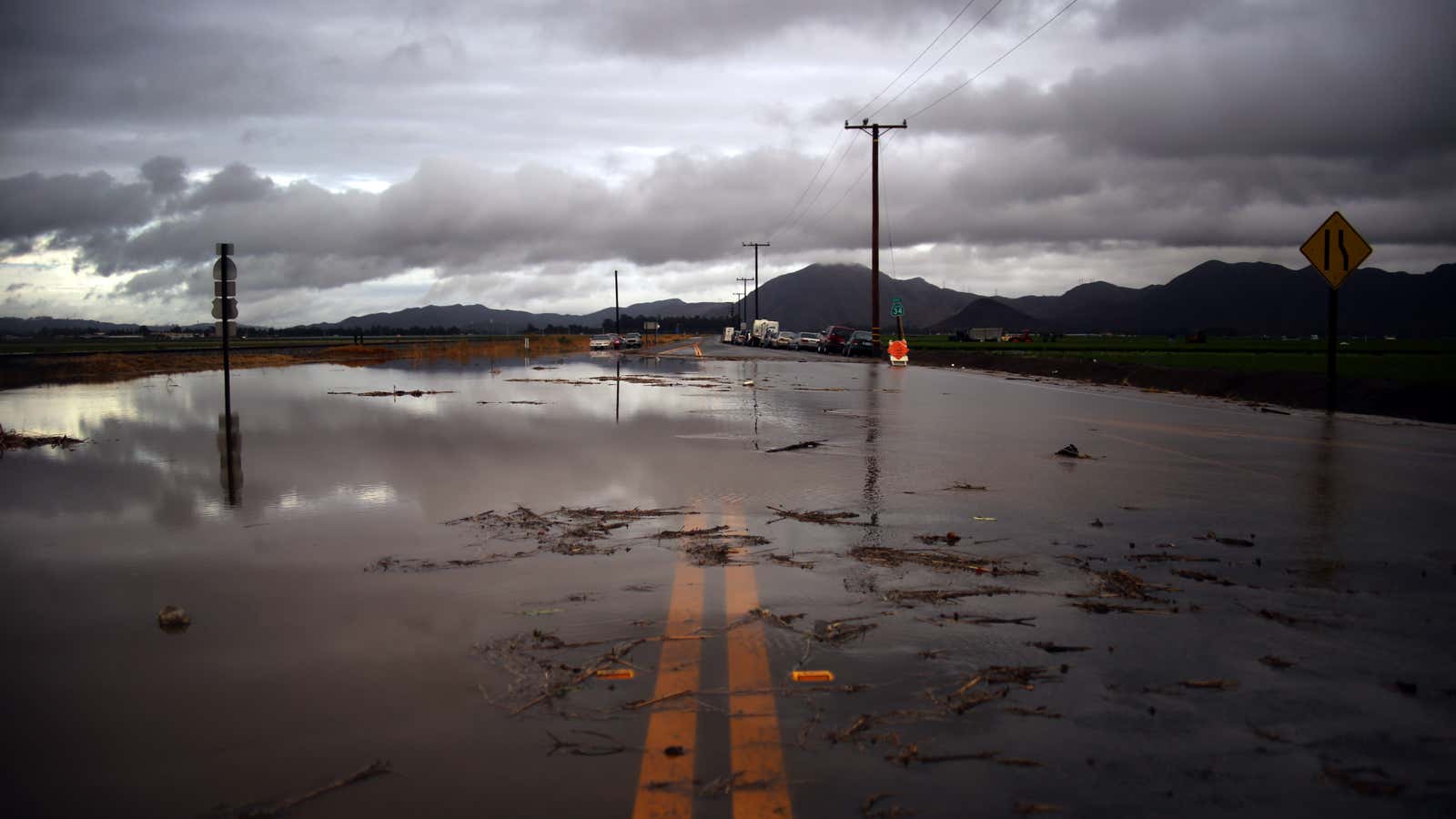Scientists looking at over a decade of data from NASA satellites have found a startling pattern: All over the world, wet regions are becoming wetter, while dry regions grow drier.
Water is just another resource, like money. And just as the rich get richer while the poor grow poorer, water inequality can exacerbate problems that resource-scarce communities are already dealing with.
“The implications of our study for the redistribution of water availability are staggering and point to an emerging class of ‘haves’ and ‘have nots,'” co-author of the study Jay Famiglietti told USA Today.
Famiglietti is a senior water scientist at NASA’s Jet Propulsion Laboratory (JPL) and a professor at the University of California, Irvine. “When combined with our previous work on groundwater depletion, we are revealing a global disaster in the making, yet we are seeing very little coordinated response.”
As the Earth grows warmer, Famiglietti explains that arid areas will increasingly depend on groundwater as they become drier. The problem is that those resources are in decline. “It’s raining even less,” he told USAToday, “so the groundwater will get replenished every less.” Previous research also shows that aquifers around the world are losing water, which spells serious trouble in large agricultural regions.
Famiglietti and a team of researchers from both NASA’s JPL and the University of California, Irvine found that parts of the northern Amazon, Africa, the upper Missouri River basin in the United States, and other locations in the tropics have become wetter by studying data collected by NASA satellites from 2002 to 2014, according to USA Today.
The team also found that arid areas—parts of the Middle East, north Africa, India, China, and the southwestern United States—became drier over the same time. California, which has been grappling with severe drought, also showed significant water losses.
The findings were part of a larger study by the JPL and UC Irvine researchers, which aims to quantify how the increase of water storage on land may affect sea levels. So far, evidence suggests that the Earth’s land mass has been soaking up and storing more water, which has changed the global water cycle and temporarily slowed the rate of sea level rise.
